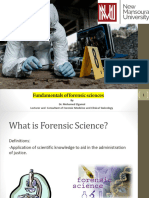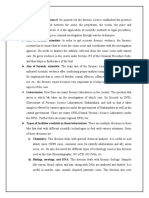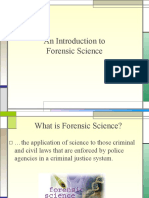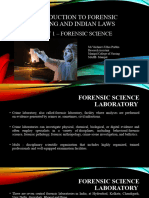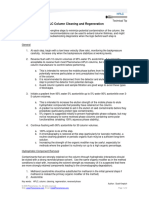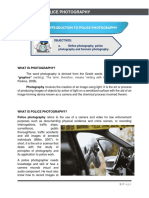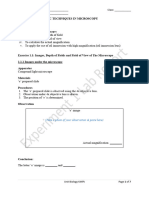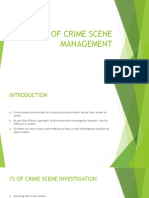0% found this document useful (0 votes)
148 views12 pagesForensic Lab
The document outlines the hierarchy and major divisions of forensic lab services, detailing the roles and responsibilities within a forensic laboratory. It describes key functions such as evidence analysis, crime scene support, and expert testimony, along with specialized divisions like DNA analysis, toxicology, and digital forensics. The structure ensures efficient operation and reliable evidence analysis to support criminal investigations.
Uploaded by
stephenvanchhawng24Copyright
© © All Rights Reserved
We take content rights seriously. If you suspect this is your content, claim it here.
Available Formats
Download as PDF, TXT or read online on Scribd
0% found this document useful (0 votes)
148 views12 pagesForensic Lab
The document outlines the hierarchy and major divisions of forensic lab services, detailing the roles and responsibilities within a forensic laboratory. It describes key functions such as evidence analysis, crime scene support, and expert testimony, along with specialized divisions like DNA analysis, toxicology, and digital forensics. The structure ensures efficient operation and reliable evidence analysis to support criminal investigations.
Uploaded by
stephenvanchhawng24Copyright
© © All Rights Reserved
We take content rights seriously. If you suspect this is your content, claim it here.
Available Formats
Download as PDF, TXT or read online on Scribd
/ 12
